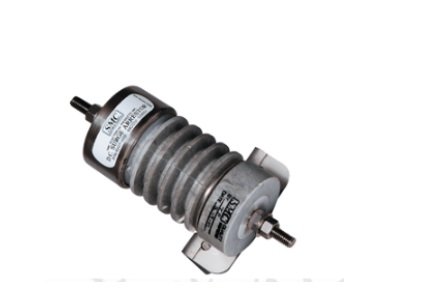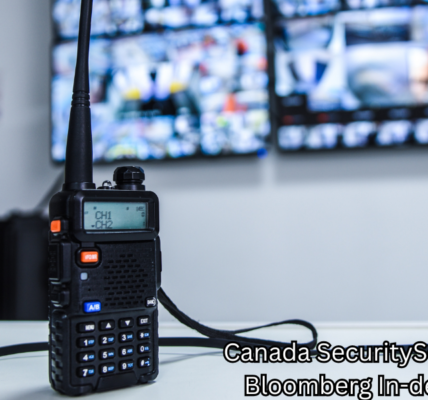The intricate network of railway systems, with their expansive power lines, signaling equipment, and sensitive electronics, is constantly exposed to a formidable threat: transient overvoltages, commonly known as power surges. These surges, often caused by lightning strikes, switching operations, or faults within the power grid, can inflict catastrophic damage, leading to operational downtime, costly repairs, and potential safety hazards. Safeguarding these vital systems against such unpredictable forces is paramount, and at the forefront of this defense are advanced surge protection devices. Among these, metal oxide arresters (MOAs) play a critical and indispensable role of metal oxide arresters in ensuring the reliability and longevity of railway infrastructure.
Swartz Engineering, a leader in specialized electrical solutions, understands the unique challenges faced by the railway industry. Their expertise highlights the crucial function of MOAs in mitigating the impact of these transient overvoltages. Unlike older technologies that might offer limited protection or degrade over time, MOAs provide robust and consistently effective defense.
At the heart of an MOA’s effectiveness is its unique non-linear current-voltage characteristic. This means that under normal operating conditions, the MOA acts as an open circuit, allowing the railway’s electrical systems to function without interference. However, the moment a dangerous overvoltage surge occurs, the MOA swiftly transitions into a highly conductive state. It effectively diverts the massive surge current safely to the ground, thereby clamping the voltage to a safe level and protecting downstream equipment from damage.
This rapid and efficient response is critical in railway applications where fractions of a second can mean the difference between seamless operation and significant disruption. From protecting sensitive signaling and communication systems to safeguarding traction power substations and overhead line equipment, MOAs are deployed across various points in the railway network. Their ability to repeatedly withstand high surge currents without degradation makes them a highly reliable and long-term solution for surge protection.
Furthermore, the compact design and maintenance-free nature of modern MOAs make them an ideal choice for the demanding environment of railway systems. Swartz Engineering emphasizes the importance of selecting the right MOA for specific applications, considering factors such as voltage levels, surge current capacity, and environmental conditions. Proper installation and integration are also key to maximizing their protective capabilities.
In conclusion, the role of metal oxide arresters in railway surge protection cannot be overstated. As railway systems continue to evolve with increasing reliance on sophisticated electronics and automation, the need for robust surge protection becomes even more critical. Swartz Engineering’s commitment to providing high-quality, reliable MOA solutions ensures that railway operators can maintain uninterrupted service, enhance safety, and protect their valuable investments against the unpredictable forces of nature and the power grid. By intelligently deploying these advanced devices, the railway industry can continue to power progress with confidence and resilience.
For nearly half a century, Swartz Engineering has been at the forefront of industry safety. They are a family-owned company specializing in power distribution for the electrical industry. They are the leading manufacturer of voltage transducer.
















